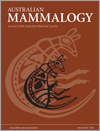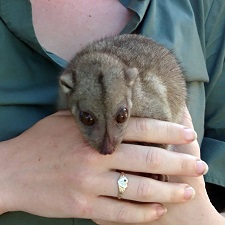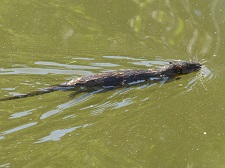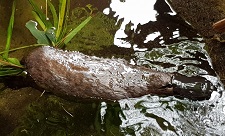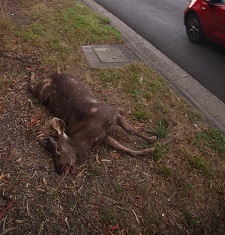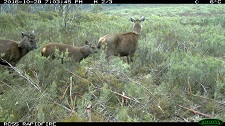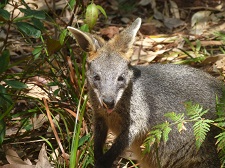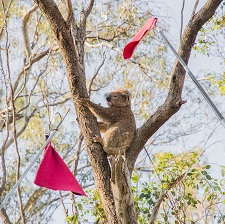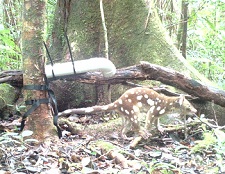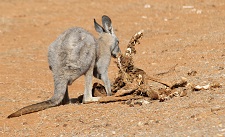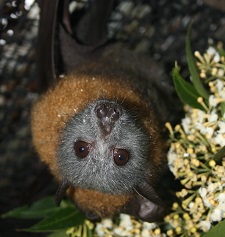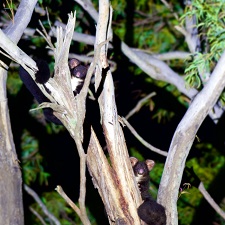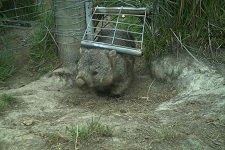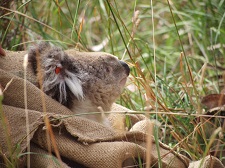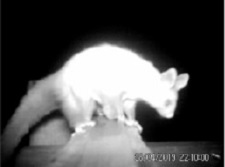AM19035Distribution, abundance and threats to bare-nosed wombats (Vombatus ursinus)
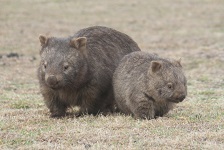
Bare-nosed wombats (Vombatus ursinus) are native Australian marsupials. Since European arrival, the wombat has lost habitat and population numbers through a number of threats including road kill, introduced species, disease and culling. This review provides an overview of current research on wombats, focusing on their distribution, population and threats. The gaps identified through this review include distribution, population numbers and threat mitigation. Further research in these areas is necessary to improve species conservation. Photograph by Julie Old.


